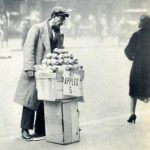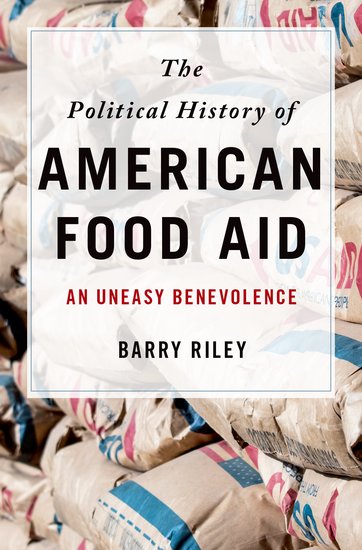The U.S. government launched a new program of food stamps in Rochester in 1939 to try to solve the triple problems of farm surpluses, weak sales for grocers and hungry citizens at a time of 17 percent unemployment.
For every $1 of orange stamps consumers bought, they received 50 cents worth of blue stamps for free, thereby expanding their purchasing power by 50 percent. The orange “food stamps” could be redeemed at any of the 1,200 participating Rochester groceries for any goods on the shelves, while blue stamps could only be used to buy surplus agricultural items such as butter, eggs, prunes, flour, oranges, cornmeal and beans. Grocers could exchange the food stamps for money at commercial banks and certain government offices.
The program fed 20 million Americans until it was discontinued in 1943 when the economic stimulus provided by World War II eased unemployment and crop surpluses. The program was revived 18 years later by President John F. Kennedy, who had been struck by the poverty he had witnessed in West Virginia during the 1960 Democratic primary campaign.
See: “How Did Food Stamps Begin?” by Christopher Klein on the History website (2019)









